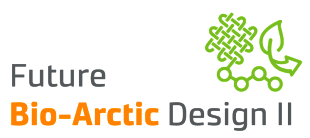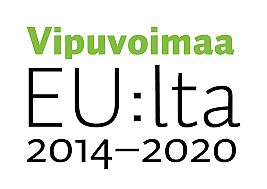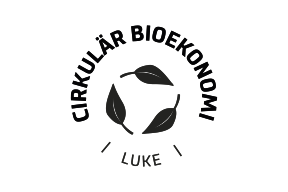Future Bio-Arctic Design II (F.BAD II)
The textile industry is one of the major sources of emissions globally. Clothing production has increased but the service life of clothing has shortened. Textile materials and final products are partly manufactured outside the EU area, mainly in Asia. Due to the long transport distances, textiles are treated with e.g. anti-mold agents and pesticides. Chemical overload and the resulting hypersensitivity and allergies have increased significantly, partly due to the finishing chemicals in textiles. Most of these chemicals used in textiles are harmful or even toxic to the environment. In addition to the finishing chemicals, synthetic fibers are used in the production of textile materials. These fibers are produced mainly from fossil raw materials which are energy-intensive and cause significant greenhouse gas emissions during long transport. There are also smart textiles on the market, but they usually refer to textiles to which plastic and metal compounds have been added. The ecology of materials and the quality of being recyclable may not have been considered thoroughly.
The European Commission has published a new EU chemicals strategy for a more sustainable and toxic-free environment in March 2021 as a part of the green development program. The core objective is to develop and introduce sustainable chemicals which promote the green and digital transition, the protection of the environment and human health by innovative chemical and textile industries. The previous EU chemical legislation needs to be developed and responded more effectively to the challenges caused by the hazardous chemicals.
The Future Bio-Arctic Design (F.BAD) -project (2018–2021) investigated compounds extracted from Arctic plants that could replace the harmful and dangerous chemicals currently used. In the intelligent applications of the project, the potential of plant extracts as natural anti-mold agents, UV shields or insect repellents became significant. For example, textiles suitable for repelling mosquitoes and pests already exist, but they contain permethrin, which is very dangerous for the environment e.g. fish and aquatic organisms. Smart textile prototypes were developed in F.BAD project. The Lappish textile and clothing companies were closely involved in the development work. The goal was to produce natural and safe smart textile material in which plant-derived extracts are attached into the textile fibers. This was the first step in the product development process.
F.BAD II -project will be a continuation to the F.BAD -project. The aim is to implement and move from the test versions via the piloting and prototyping to the productization phase. The research prototypes will be tested for material and smartness properties. The textile and clothing company network continues the strongly engagement in the project by building smart textile product prototypes using green chemistry methods. In the F.BAD II project, products will be manufactured in companies, but the development of smart textiles and pilot experiments utilize the development environments for business located at Natural Resources Institute Finland, University of Lapland and Lapland University of Applied Sciences. The goal is to achieve low-carbon final products by high material efficiency in the entire value chain. The environmental and health assessments will be evaluated for the first product prototypes. In addition, the prerequisites for the manufacturing process and regulation will be surveyed.
Julkaisut
- Antimicrobial treatments with chitosan microencapsulated angelica (Angelica archangelica) and marsh Labrador tea (Rhododendron tomentosum) supercritical CO2 extracts in linen-cotton jacquard woven textiles
- Essential Oils and Supercritical CO2 Extracts of Arctic Angelica (Angelica archangelica L.), Marsh Labrador Tea (Rhododendron tomentosum) and Common Tansy (Tanacetum vulgare)—Chemical Compositions and Antimicrobial Activities
- Future Bio-Arctic Design – luonnonmukainen älytekstiili : Loppuraportti
- Lapin AMK, Luontoälyä tekstiileihin : kohti älykkäitä ja ekologisia ratkaisuja






